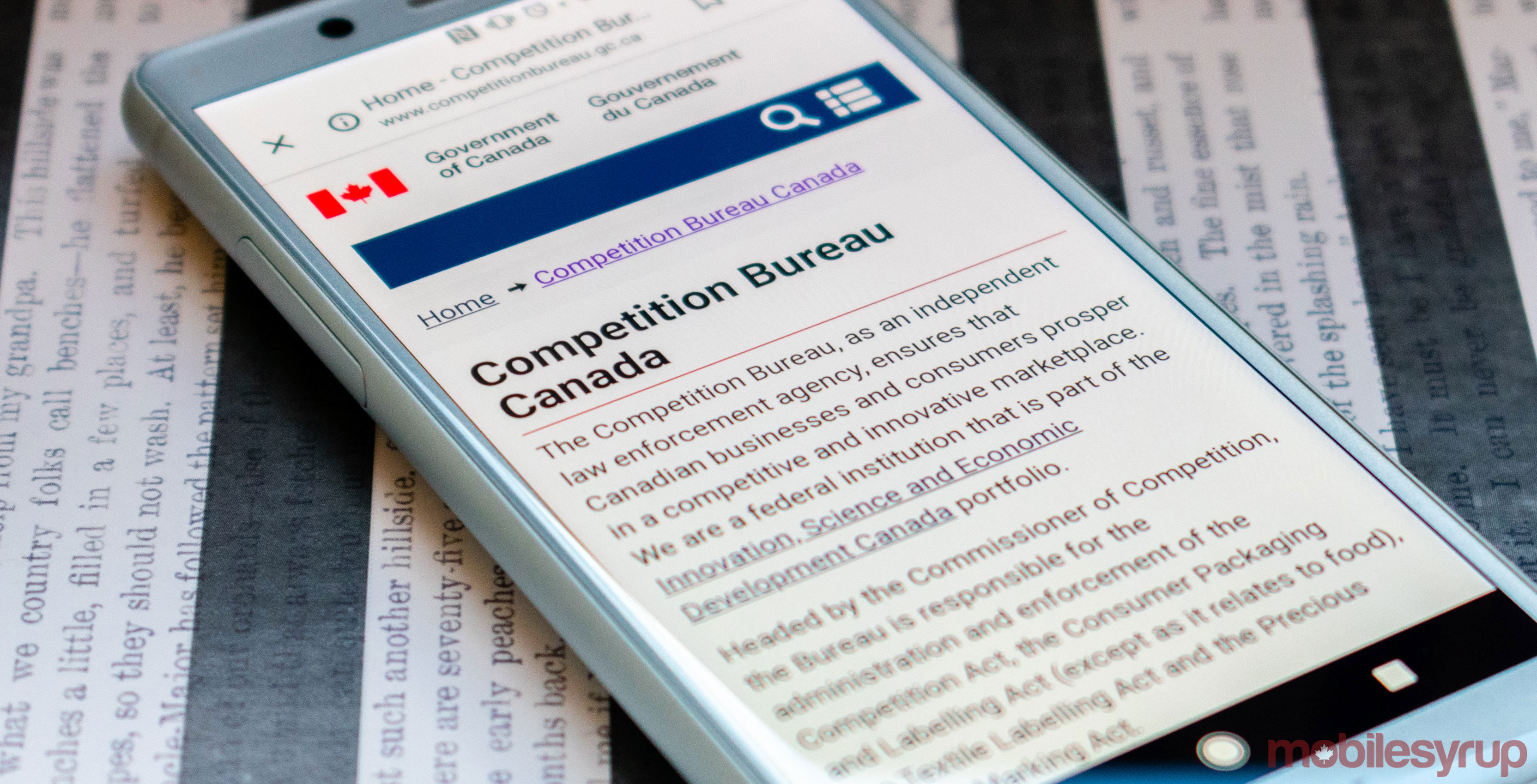
The Competition Bureau has requested the CRTC to “reconsider” its request for more information from Wireless Service Providers (WSP) for analysis purposes, which will result in data that is set to aid the commission during its review of Mobile Virtual Network Operators (MVNO).
In a May 6th letter to Claude Doucet, the secretary general of the Canadian Radio-television and Telecommunications Commission (CRTC), the bureau’s commissioner asks WSPs to provide information no later than July 15th. The letter indicates the bureau would have 100 days to conduct its analysis and provide adequate information for the review that is expected to happen in January.
“I acknowledge the additional burden on the WSPs…but note that early issuance mitigates against the time pressures that would be associated with a later issuance. In any event the probative value of the information sought outweighs the burden associated with complying with the request,” Matthew Boswell, the bureau’s commissioner, wrote.
The bureau will be studying and helping the Canadian Radio-television and Telecommunications Commission (CRTC) review the scope of mobile wireless services in Canada. That review was announced in February and a hearing is set to take place in January 2020.
Boswell had sent a letter previously to ask for more detail to conduct an economic analysis to determine competition in the market. The CRTC replied asking to clarify how this type of information would be relevant and to elaborate regarding the specifics of the request.
Bell and Rogers both pushed back and complained that the volume of information requested was too large and argued that “it could derail the CRTC proceeding.”
The CRTC also called for responses from others in the industry, including Telus, Shaw, SaskTel and Tbaytel, which all expressed concern regarding the amount of information the bureau was asking for.
Boswell indicated in his letter that the information he was seeking was “granular data” and is “required to conduct the analysis,” without which he is “unable to assess the effects of the facilities-based entrants, which significantly limits my ability to provide advice on what marketplace changes are needed to increase competition in the wireless industry.”
He specifically notes that his research would indicate whether or not the CRTC is creating policies that would effectively create more affordable choices in Canada.
For example, he cited Shaw’s Freedom and Eastlink as examples of growth and says that they are “natural experiments to understand whether the CRTC’s existing policies aimed at promoting facilities-based competition are showing promise of disrupting the status quo in Canada.”
“Without an understanding of the current and future impact of facilities-based entrants, my ability to provide the CRTC with meaningful advice regarding the best course of action to remedy potential competition issues in the wireless market will be significantly limited.”
“This includes whether it is appropriate to shift focus to a regulated solution like MVNO access and how to structure and implement such a strategy,” he wrote.
MobileSyrup has reached out to the CRTC for comment and the regulatory body declined to comment.
The Competition Bureau noted that it is committed to working “in partnership with regulators to ensure that consumers benefit from innovation.”
It added that it applauds the CRTC for “initiating and tackling” the issue.
MobileSyrup may earn a commission from purchases made via our links, which helps fund the journalism we provide free on our website. These links do not influence our editorial content. Support us here.


